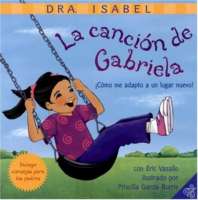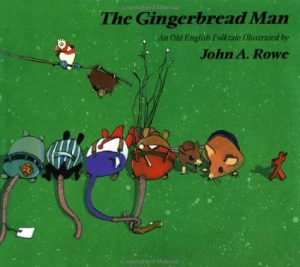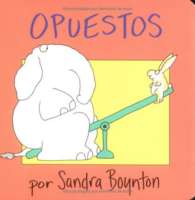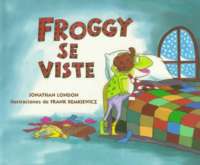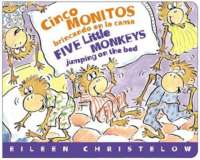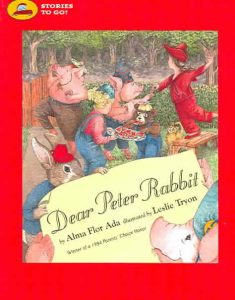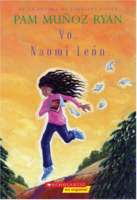
Naomi Soledad Leon Outlaw has had a lot to contend with in her young life, her name for a start. Then, there are her clothes (sewn in polyester by Gram), her difficulty speaking up, and her status at school as “nobody special.” But according to Gram, most problems can be overcome with positive thinking. And with Gram and her little brother, Owen, life at Avocado Acres Trailer Rancho in California is happy and peaceful…until their mother reappears after seven years, stirring up all sorts of questions and challenging Naomi to discover who she really is.
Spanish title: Yo, Naomi Leon
Naomi Soledad Leon Outlaw ha tenido que enfrentarse a mucho en su corta vida, empezando por su nombre. Tambien esta el problema de su ropa (hechas por su abuela en tela de poliester), su timidez y la fama que tiene en la escuela de no ser nadie especial. Pero segun su abuela, la mayoria de los problemas se solucionan con mentalidad positiva. Y su vida, junto a su abuela y su pequeno hermano, Owen, en el parque de casas moviles Avocado Acres, es tranquila y feliz… hasta que su mama aparece luego de siete anos, creando confusion y retando a Naomi a que averigue quien es.
